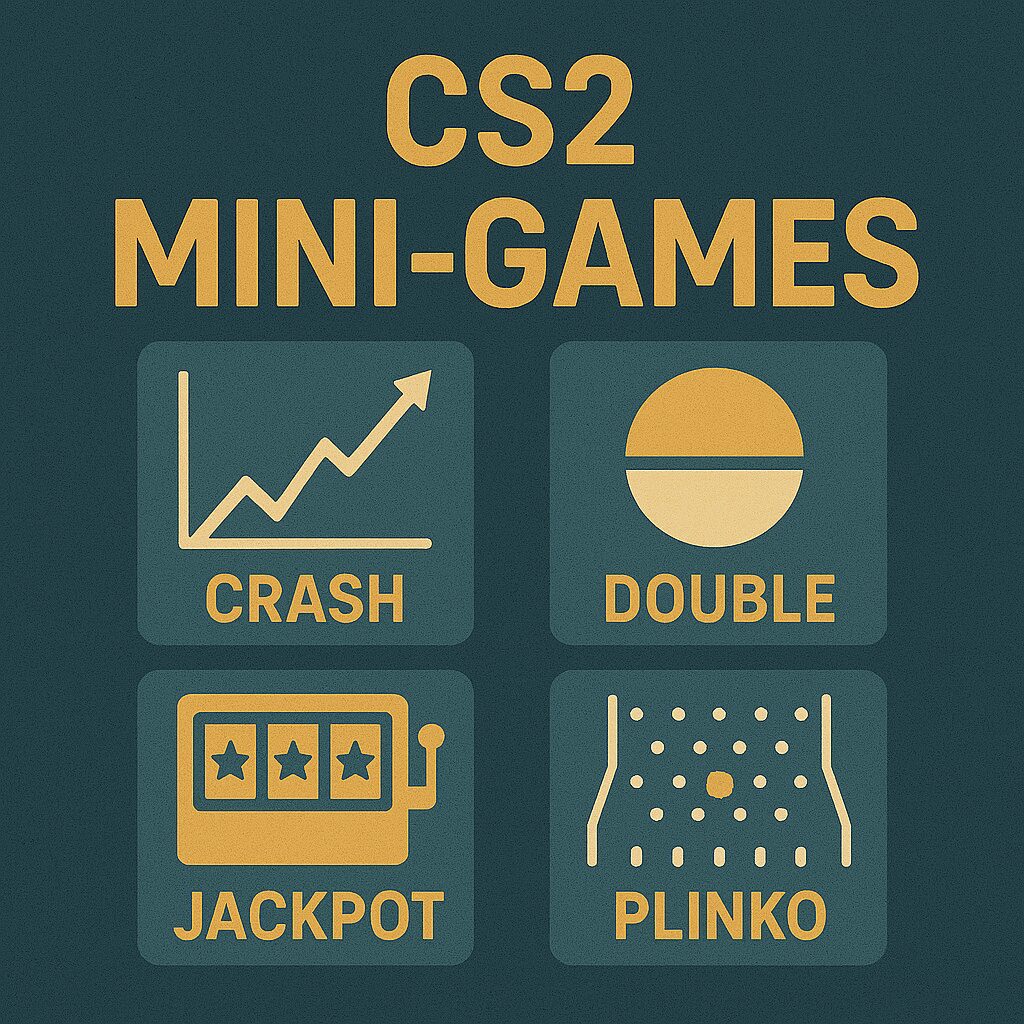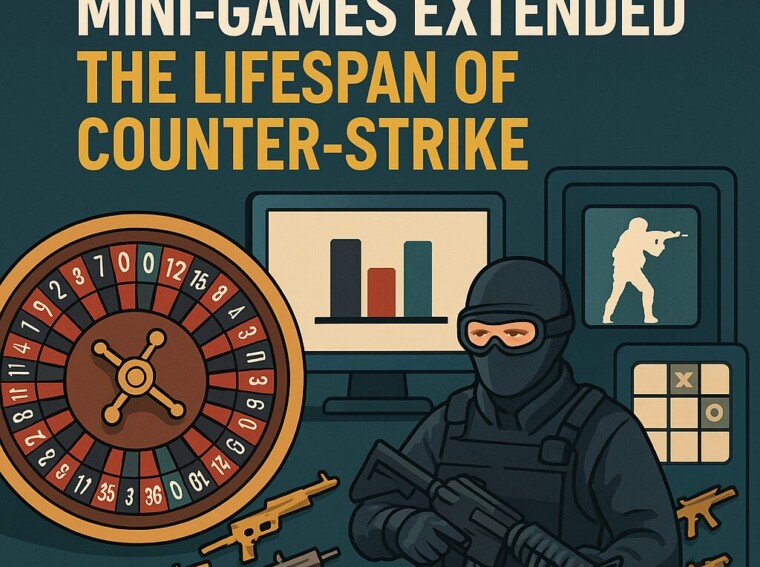Counter-Strike, originally created by Minh “Gooseman” Le and Jess “Cliffe” Cliffe as a Half-Life modification with its first beta release in June 1999, has remained a cornerstone of competitive shooters for decades. The rights were later acquired by Valve. Its core gameplay—tactical battles between Terrorists and Counter-Terrorists—is inherently engaging. However, the secret to the enduring popularity of the game, which often boasted hundreds of thousands, sometimes exceeding one million concurrent players during the CS:GO era (a trend continuing into CS2), lies not only in its polished shooting mechanics and teamwork but also in its constant evolution. The introduction and popularization of various mini-games and tools, such as Strat Roulette, have made an invaluable contribution to player retention and creating positive experiences. It is important to distinguish these creative and entertaining community aspects from controversial third-party activities, such as those related to the cs2 gambling sphere.
Evolution Beyond Official Updates
Since its inception, Counter-Strike has come a long way. Official versions (Source, Global Offensive, CS2) brought improvements, but a powerful player-driven ecosystem always existed alongside them:
- Custom Maps and Modes: The Steam Workshop hosts thousands of user-created maps and modes, significantly expanding the standard experience.
- The Emergence of Mini-Games: These unofficial modes began to appear organically and gain popularity within the community in the early 2000s, particularly during the Counter-Strike 1.6 era. They include:
- Surf: Sliding on ramps, one of the earliest popular custom modes.
- KZ (Kreedz Climbing): Overcoming obstacle courses, also originating in the CS 1.6 era.
- Bhop (Bunny Hopping): Maps designed for practicing chained jumping.
- Retakes: Practicing site holds or retakes.
- Executes: Practicing coordinated site pushes.
- Arena (1v1/AIM): Duel maps.

- Tools for Variety: External tools like Strat Roulette emerged to spice things up.
The Strat Roulette Phenomenon
Strat Roulette isn’t an in-game mode but rather a concept or external tool (often a website or app) that generates a random, often absurd or challenging, tactic for a team for one round. Players “spin the wheel” before the round and commit to following the strategy given.
How it works:
- Strategy Generation: The tool offers hundreds of unique tactics.
- Types of Strategies: They can be general (“Pistols only,” “All rush B”), map/side-specific (“Everyone mid on Dust II”), or demand unconventional behavior (“Ninja defuse,” “Crouch walk only”).
- Focus on Fun: The main goal isn’t winning at all costs, but having fun, testing team coordination under unusual circumstances, and creating memorable moments.
- Additional Options: Many Strat Roulette tools include an “ECO” button for ultra-budget tactics and options for T-side or CT-side specific strats.
Impact on Players:
- Combating Monotony: Breaks familiar gameplay patterns.
- Boosting Team Spirit: Executing a crazy strat together, even if it fails, often brings friends and teammates closer.
- Reducing Tension: A great way to unwind after intense competitive matches.
The Impact of Mini-Games and Strat Roulette on Engagement and Retention
These unofficial yet highly popular elements significantly impact the Counter-Strike ecosystem:
- Increased Engagement: By offering alternative ways to play, mini-games and Strat Roulette maintain the interest of players (including the massive active user base) who might have grown tired of the standard competitive mode.
- Skill Development: Modes like KZ, Surf, and Retakes directly help improve specific mechanical skills (movement, aim, positioning).
- Social Hub: Many modes are inherently social, strengthening community bonds. Strat Roulette exemplifies this, turning the game into a shared adventure.

- Content for Streamers: The unpredictability and humor of Strat Roulette, and the visual appeal of Surf/KZ, make them popular content, attracting new players.
The Role of Content Creators and the Community
The community’s contribution is invaluable. Map makers, mod developers, server admins, and concept creators (like those behind Strat Roulette) constantly enrich the game via platforms like the Steam Workshop, despite technical and financial challenges (server costs, updates).
Mini-Game Economy and the “Gamble” of Strat Roulette
It’s crucial to understand the economic and “gambling” aspects correctly:
- Distinction from Gambling: It is crucial to understand that Strat Roulette uses chance for gameplay strategies, not for betting real money or skins. This fundamentally differentiates it from skin gambling, often associated with the term cs2 roulette, which operated on third-party websites and caused significant controversy and problems related to real financial risks. The risk in Strat Roulette is losing a round due to a bad tactic, not financial risk.
- In-Game Economy: Strat Roulette can indirectly affect the round’s buy (“ECO” strats), but it doesn’t create its own external economy.
- Server Economy: A real economy exists around hosting popular mini-game servers (Surf, KZ), often supported by donations.
The Future of Counter-Strike: Symbiosis of Core and Creativity
The transition to CS2 on the Source 2 engine opens potential avenues for both official content and community creations.
- Improved Tools: The new engine might simplify the creation and integration of custom content.
- Enduring Role of Community: Player creativity will likely remain key to keeping CS fresh for years to come.
- Adaptation: Popular concepts like Strat Roulette will continue to adapt and entertain players in CS2.
Conclusion
Counter-Strike is more than just a shooter. Created by Minh Le and Jess Cliffe in 1999 and nurtured by Valve and its community, the game thrives due to its solid core and player creativity. Mini-games, which began emerging in the early 2000s, and tools like Strat Roulette offer variety, skill development, and social bonding, ensuring the game remains relevant and beloved by millions of players worldwide.

